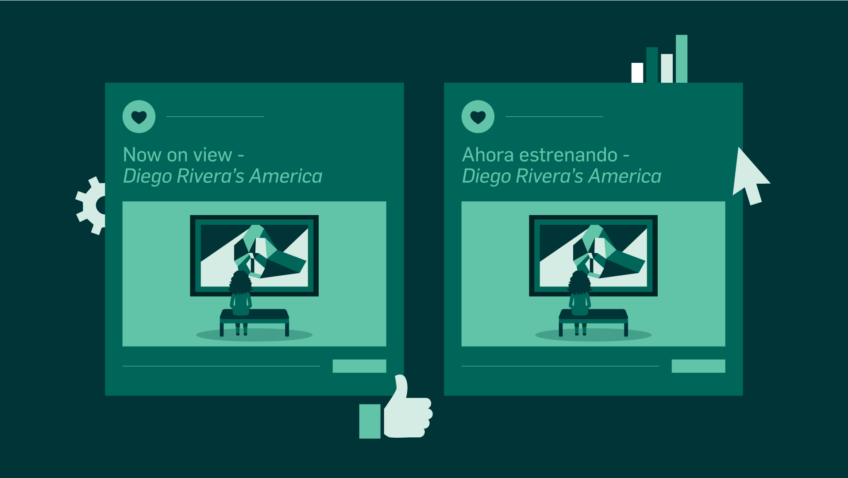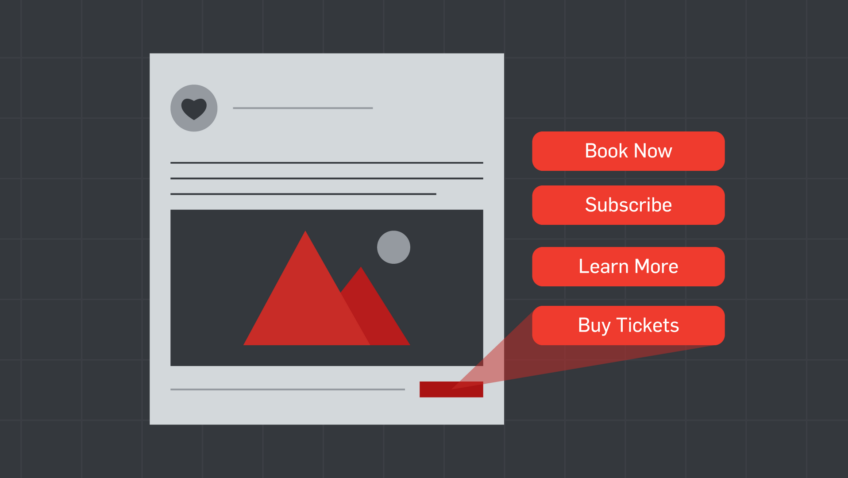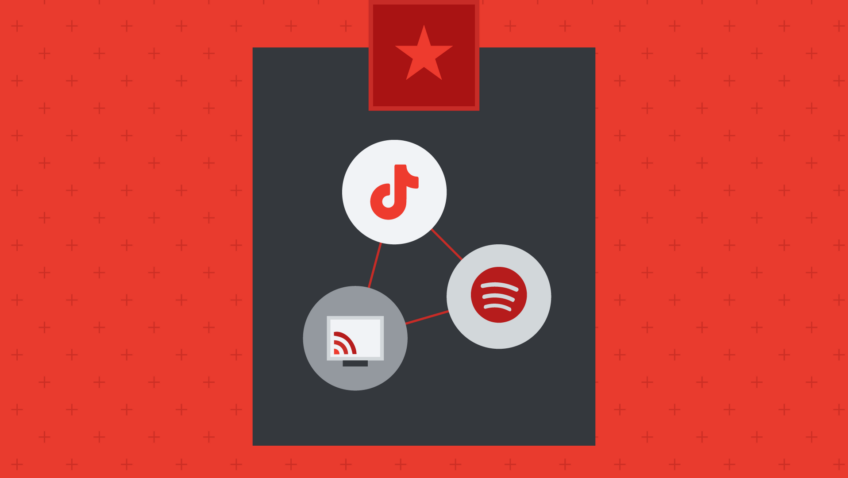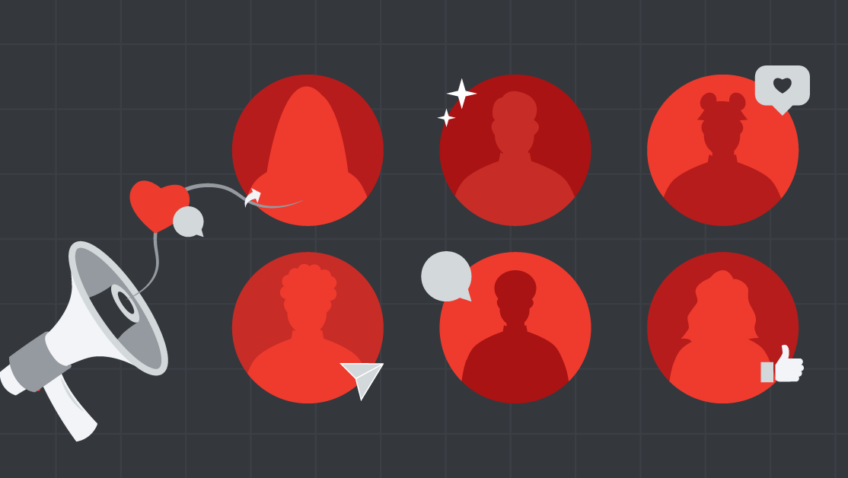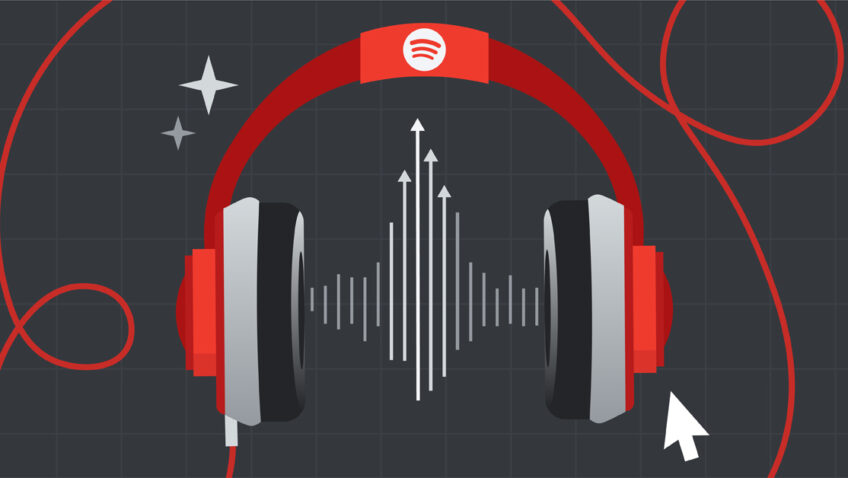Digital Marketing Recommendations for Arts and Culture Reopenings
March 2020 feels like decades ago, but it was just one year ago the U.S. went into lockdown. We released a blog post to help arts marketers navigate these uncharted waters, but it was uncertain where this pandemic would lead us.
Throughout the course of a year, we saw the sheer resilience of arts administrators in the face of crisis. We pivoted to digital programming to bring art into our audiences’ homes. We officially want to discard the word ‘pivot’ from our vocabulary. We explored new ways to keep our audiences engaged. But most of all, we were consistently reminded just how passionate and inventive the arts and cultural community can be.
In March 2021, there is hope on the horizon in the form of COVID-19 vaccines and reopening venues at limited capacities. The pandemic isn’t over yet, but data from The Insights Alliances’ Culture Restart Audience Tracker shows that audiences are looking forward to attending cultural events soon. In fact, 92% plan to attend at least as frequently as they did before the pandemic.
As your organization plans for hybrid seasons and reopenings, here are some updated digital marketing recommendations to help you succeed in this next phase of recovery.
Social Media
Show, Don’t Tell
As your organization reopens, consider ways you can show how you’re prioritizing their safety. The latest data from Colleen Dilenschneider’s ongoing COVID-19 research shows that some of the top factors that would make patrons feel safe and comfortable visiting an arts organization again are mandatory face coverings, availability of coronavirus vaccine, and seeing others visit.
While we can’t control the vaccine rollout, organizations can prioritize videos and photos that evoke a new and safe experience at your organization. Think people in masks, hand sanitizer everywhere, and of course, photos of a person enjoying their much-loved return to the arts. Let’s face it—you can’t just flip a switch and use what has worked in the past. If you want patrons to feel safe returning to your organization, you have to show them how safe it is.
Here are fantastic examples from ICA/Boston, MCA Denver, and the Academy of Natural Sciences of Drexel University:
ICA/Boston
MCA Denver
Academy of Natural Sciences of Drexel University
If you’re low on time and resources, think about low-lift, interesting ways to prepare people for their experience. You can highlight news articles about your reopening or share user-generated content at your venue or gallery.
Take, for instance, this post from Dallas Symphony Orchestra.
They’ve highlighted a photo of their venue, paired with nostalgic copy related to in-person performances, and featured a link to their COVID-19 safety landing page front and center.
Infuse Humanity into All You Do
To succeed in 2021 and beyond, you must infuse humanity into all that you do. A recent report from Contently stated that 74% of consumers say they’d be more likely to buy from a company after they’ve read something about the brand’s positive impact on the world. As an organization, you must ask yourself what are you doing not only to sell tickets but to show up for your community? How are you taking a stand for causes and movements you believe in?
Apple iOS 14 Privacy Updates
Facebook announced upcoming changes to its advertising platform related to Apple’s iOS 14 update. These new changes are in line with the emerging era of increased data privacy for consumers.
There are a lot of details and still a lot of unknowns related to this rollout. We do know that the following changes are imminent:
Facebook Prompt: Allowing users to opt-in or out of certain types of data sharing
Attribution: 28-day windows will shrink to 7-day
Remarketing Pools: dramatically reduced (anyone who opts out of data sharing will not be in any remarketing pools)
Conversion Tracking: 8 total conversion events per domain
What can you do? First, don’t panic. User behavior on Facebook and Instagram isn’t changing. It’s essential to build out additional bottom-of-funnel audiences, like video viewers and post engagers, as remarketing pools reduce. Additionally, you should ramp up your lead generation campaigns with the hook of reopening plans. This will continue to build your permission marketing base to keep a direct line to your patrons.
Here’s a strong example from the National Ballet of Canada:
{% video_player “embed_player” overrideable=False, type=’scriptV4′, hide_playlist=True, viral_sharing=False, embed_button=False, autoplay=False, hidden_controls=False, loop=False, muted=False, full_width=False, width=’500′, height=’697′, player_id=’43281802350′, style=” %}
Here’s another thumb-stopper from ICA/Boston:
Stay Agile and Nimble
If there’s one thing 2020 taught us, it’s the importance of staying agile and nimble in your content. Gone are the days of creating a static monthly content calendar that goes as planned. Continue to reevaluate your content plans with current events, and always ensure you’re using anti-racist and anti-ableist lenses.
Additionally, don’t go back to only self-serving content. Yes, it’s terrific that in-person programming is on the horizon, but you’ve likely cultivated a community outside of your geographic location. Even if digital programming slows its pace, what are you doing to keep audiences engaged with your organization? Amp up that relevant content that connects your organization to the world.
Need content inspiration? Check out these CI resources:
Content Inspiration Gallery for Arts Organizations in Crisis
Social Content Calendar for Arts Marketers
Want to dig further into our learnings for marketing digital programming during COVID-19? Watch this CI to Eye Live recording and read this blog post about reopening strategies during a pandemic.
Search Engine Optimization and Landing Pages
Update Your Google My Business Account
Your Google My Business (GMB) account is a vital tool for controlling how your organization appears on the Search Engine Results Page (SERP). At the start of the pandemic, Google introduced “COVID-19 update” functionality and encouraged any businesses which shut their doors to add “Temporarily Closed” to their Hours & Services section.
If you’re planning to reopen, be sure to update your GMB account with any relevant details. This includes your hours but also a COVID-19 update post on your profile. The last thing you want to do is accidentally leave up old information, leading people to think that your organization is closed and affect your ranking on Google. You can also post updates and photos, which will help your ranking.
Keep Your COVID-19/Safety Landing Page
If you’ve made a page specifically to do with COVID-19 policies, it’s likely already ranking. As long as it is a static landing page (as opposed to a blog article), it’s worth keeping the page and adapting some of the content to include in-person safety procedures/protocols and more. Most importantly—don’t delete it. You can learn more about why deleting landing pages hurts SEO here.
If you choose this approach, be sure the page isn’t drastically different to keep Google’s algorithms happy. For example, don’t turn your COVID-19/safety landing pages into a current events page because the intent is different.
Rank Events Using Event Schema
Event schema is code that specifically points out, to search engines, facts relating to events, such as the location, schedule, organizer, and performers. These snippets of code can be a great way to rank in the “Events” section of the SERP or increase the amount of space underneath your listing. Be sure that your event schema are automatically updated and using the required properties found in Google’s Event Schema Guide.
PR is Great for Backlinking
If you’re reaching out to local publications about your re-opening, make sure they’re backlinking to pages that you want to rank. A backlink is any link that leads to your site. Ideally, you want to increase backlinks to pages that you want to appear on the SERP, not just your homepage. Bonus points if you can control the “anchor text” (the text that a user clicks on) for a specific phrase.
Search Engine Marketing
Keep Using Sitelink Extensions
Sitelink extensions add more links to your search ads and take people to specific landing pages on your site. Keep using them to let your patrons know what you’re currently doing, how you’re planning to reopen, and/or safety protocols you have in place.
Keep Your Ad Copy Updated
Here’s another area where being nimble and agile is crucial—your ad copy. Keep it updated and don’t include programs or events you’re no longer offering. Let your patrons know if you’re reopening after a long absence or offering new virtual programming.
The Philadelphia Orchestra highlights updated ad copy about their digital season and utilizes sitelink extensions for specific digital performances.
The Barnes Foundation utilizes its ad copy to highlight reopening health and safety protocols and new ticketing procedures.
Expand Targeting for Virtual Programming
Remember, virtual programming has no physical barrier to entry, so consider targeting the entire U.S. for campaigns related to virtual programming in your Google Grant account.
For example, we expanded targeting across the U.S. for Caramoor Center for Music’s livestream content. 40% of the Google Grant media was spent on a general livestream campaign, and compared to the same period in 2019, we saw the Grant campaign drive 70% more traffic to the site and had an 8.5% clickthrough rate. These results showed a positive indication that searchers considered the ads to be relevant to what they were looking for.
Understand Your KPIs
If you’re not currently selling tickets for events or programs, consider adding alternative bottom-of-funnel conversions that are valuable to your organization, like a newsletter sign-up or video view. When adding these conversions, keep in mind Grant compliance policy requires at least one bottom-of-funnel conversion every 30 days, and the conversion rate should not go above 15%.
Email Marketing
Segment, Segment, Segment
Be intentional in talking to the new leads who have come to your organization through any virtual or pandemic programming. Think about relationship building and telling them more about your organization. Most importantly, don’t assume they’re all local contacts and ready for in-person programming. Be sure you have behavioral segmentation set up based on criteria like geographic location, transaction history, digital engagement behavior, etc.
Welcome New Contacts
As you’re doing more lead generation campaigns on Facebook and Instagram, be sure you have a welcome email ready when they sign up. 74% of subscribers expect a welcome email when they subscribe—don’t let them down as you build your permission marketing database!
Create and Update Preferences Center
Create and update a preferences center to allow new and old users alike to tell you what they want to hear about and how often—your preferences can be weekly/monthly/occasionally OR by genre! This will make segmenting easier and allow you to send personal, relevant, and anticipated emails.
Website Analytics
Get Your Infrastructure in Place
In our digital world, your website is the face of your organization. It not only showcases the face of your art but also houses important information about your organization. It’s critical to get the right systems and data in place so that through Google Analytics, you can see how the website is performing and where it’s causing friction. This will help give patrons a great user experience.
A/B Test Landing Pages
With the proper Google Analytics infrastructure in place, it’s vital to include A/B testing of landing pages in your digital marketing plans. On-site A/B testing allows us to test hypotheses in real-time and iteratively optimize our sites. Consider ways you can make changes to website calls-to-action (CTAs) or to content hierarchy, or leverage the optimization software (we recommend Google Optimize) to personalize your website. For example, you can update language to website users based on their geographic location.

